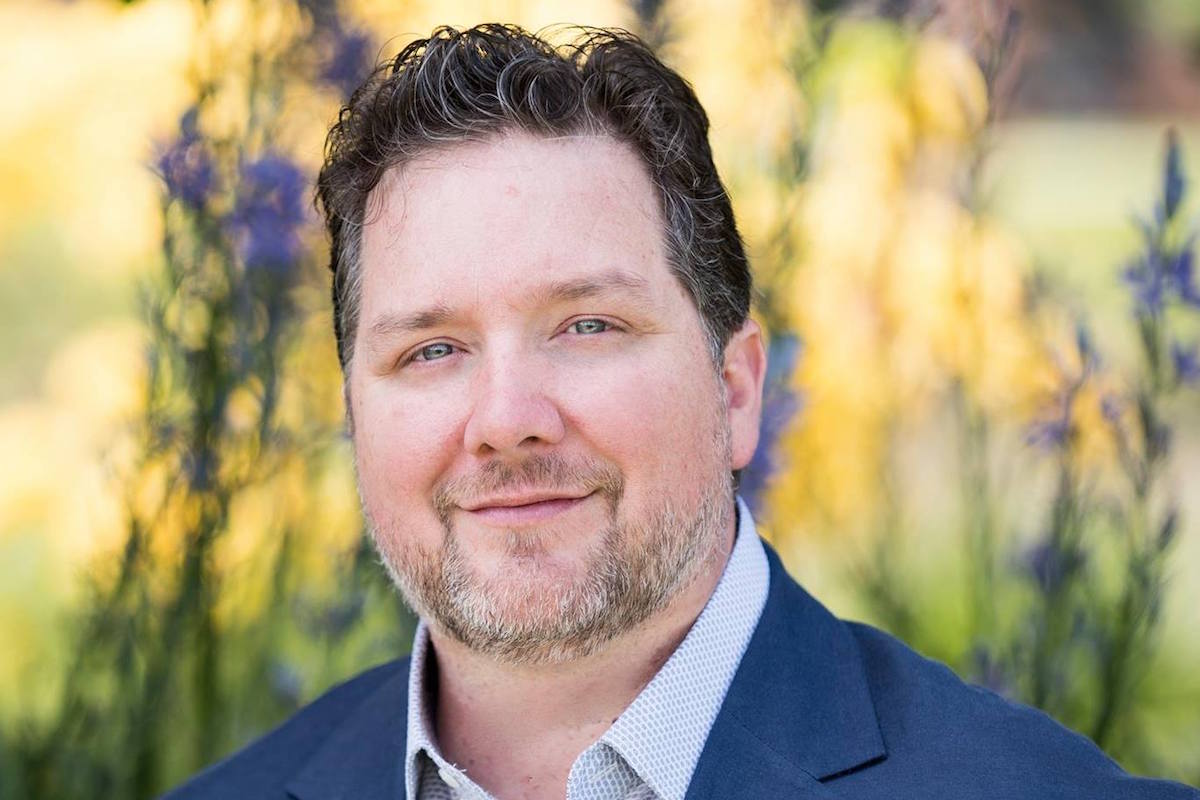
The Seattle Globalist asked all the Seattle Mayoral Candidates six questions that are important to the city’s communities of color and immigrant communities. Get all the submitted answers here.
What would be the top three priorities of the Seattle Police Department during your administration?
We need to expand the number of police officers so we can better serve the communities and slow down the process. I would make hiring from communities of color and those persons who live Seattle a priority. I will make sure every officer wears body cameras and has a taser available for a non-lethal option. I would greatly expand mental health, de-escalation training, and other emotional intelligence training solutions.
What should Seattle’s strategy be in addressing housing affordability?
We first need to address the jump in foreign investment from China that has shifted to Seattle since Vancouver BC implemented a foreign buyers tax. We should consider a “Vacant Housing” tax so we can reduce the number of foreign buyers who do not intend to rent or live in their houses, while encouraging other foreign buyers to come here. We also need to have a regional approach when addressing affordable housing. Seattle cannot address this issue alone. We need to bring all the mayors from Olympia to Everett together, with the CEOs of our tech companies, ST3 planners, developers, and the citizens and develop a 30 plan to create a “Technology Corridor” and develop affordable housing plan regionally.
Is there a way for Seattle to balance upzoning and retaining affordability for existing residents and businesses, particularly in the University, Central and Chinatown/International districts? Please describe your approach.
Yes. We must require 2 affordable housed for every affordable home removed. We need to require the housing be built as part of the building design and not allow the payment of a fee by developers. The City of Seattle build the most expensive housing and should not be in the business of development.
Discuss three specific strategies for increasing the participation of immigrant communities/communities of color in the planning of initiatives such as the proposed Navigation Center and large-scale marches that affect neighborhoods?
They need to be a part of our government. We should be hiring directly from the communities of color and task them specifically with making sure their communities voice is always considered. We need to help communities of color create “Neighborhood Councils” so they have a voice and can have continuous coordination among their community. We need to elevate the level of clout the communities of color have in our city through supporting business groups, festivals, and highlighting the cultural contributions that enrich our community.
How should Seattle address “gentrification?” How do you define that concept?
We need to address gentrification with a multidisciplinary approach. We need to tackle classroom disparity in our education system to ensure ALL Seattle students have the same level of education. We must develop a public-private partnership with our tech companies and labor unions to develop skills centers placed in communities of colors to teach the skills required to find jobs in our thriving economy. Right now, our education system is not aligned with our economy, which exacerbates gentrification. We need to develop business incubators and business accelerators in communities of color to help inspire entrepreneurship and help them start and grow businesses. Gentrification is the failure of our government, business, and educational systems to provide the foundation of prosperity in communities of color resulting in these communities being pushed out of their neighborhoods due to economic atrophy.
What should the city of Seattle’s stance be — if any — on handling juvenile justice and the proposed replacement of the King County Juvenile Detention Center?
Seattle’s stance should be to first identify and tackle all of the failures in our society that contribute to juveniles committing crimes. This includes educational disparity, lack of after school programs, generational incarceration, and criminal justice reform. We must invest in programs to help reform trouble youth well before incarceration is required. We cannot do enough in this regard. Finally, we must realize some youth commit heinous crimes and they must be detained. We need to make sure we have enough capacity so these individuals are not placed in adult prison where they can be victimized, sexually assaulted, or institutionalized by prison gangs.
More information: harleyleverformayor.com
Candidates
Gary E. Brose | Casey Carlisle | Tiniell Cato | Jenny Durkan | Jessyn Farrell | Thom Gunn | Greg Hamilton | Michael Harris | Bob Hasegawa | Lewis A. Jones | Dave Kane | Harley Lever | Mary J. Martin | Mike McGinn | Cary Moon | James W. Norton, Jr. | Larry Oberto | Nikkita Oliver | Jason Roberts | Alex Tsimerman | Keith J. Whiteman

